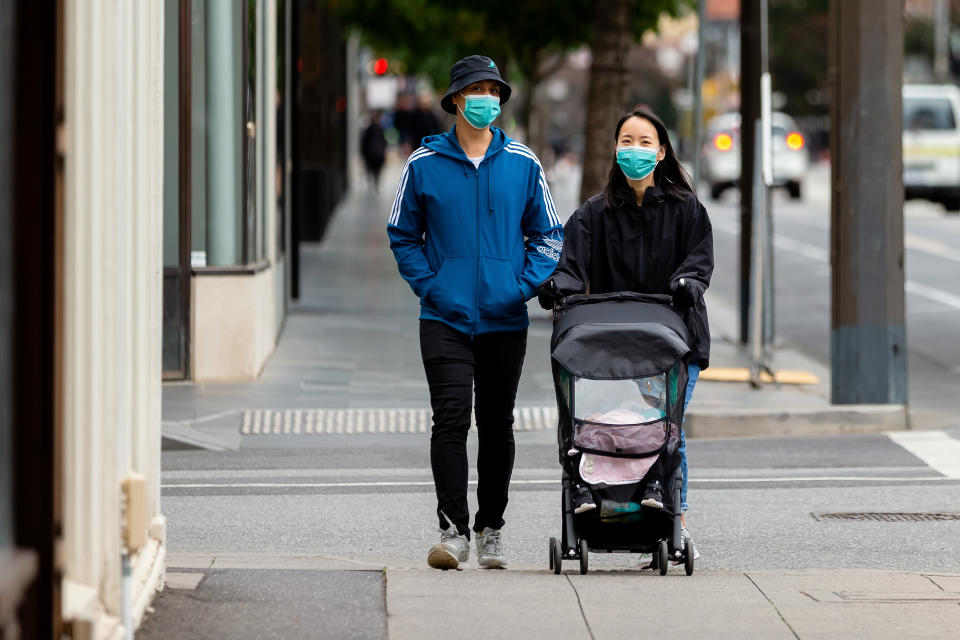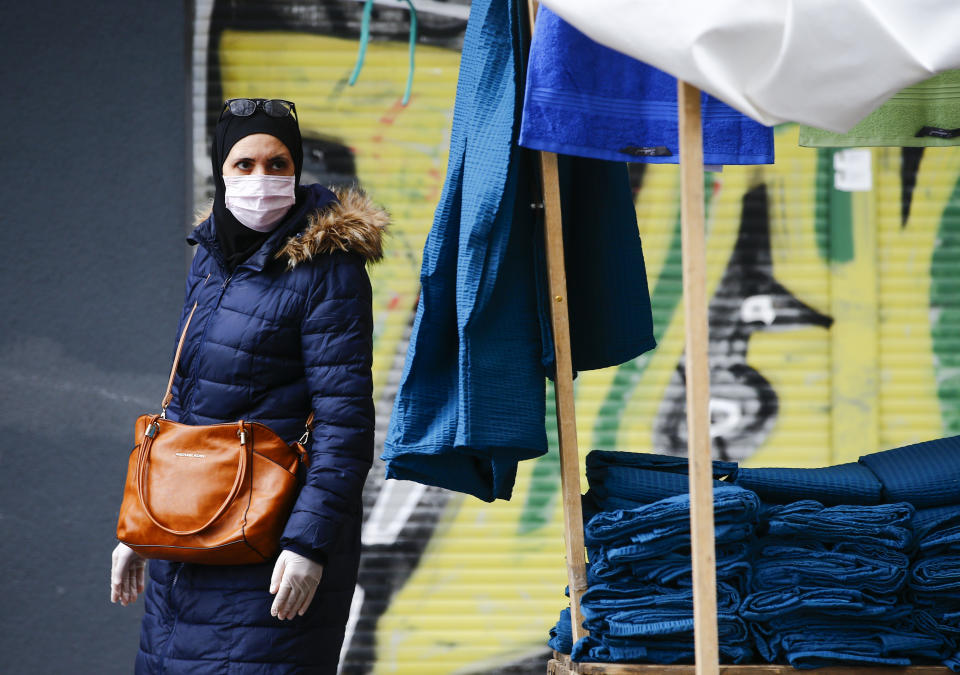Coronavirus: Open windows and natural light may stop the pathogen ‘settling’ indoors

Opening windows and blinds may stop the coronavirus “settling” indoors, scientists have said.
The previously-unknown strain mainly spreads face-to-face via infected droplets expelled in a cough or sneeze, however, there is also evidence it can survive on surfaces.
How long the virus lingers is unclear, however, research suggests it could survive on plastic and stainless steel for up to three days.
Scientists from the University of California, Davis, therefore recommend people open windows to “dilute virus particles indoors”.
Pulling back curtains or blinds also lets in natural light, “a free, widely-available resource” that could break the pathogen down.
The coronavirus is thought to be mild in four out of five cases, however, it can trigger a respiratory disease called COVID-19.

Coronavirus: How opening windows and blinds could ward off infection
Allowing outside air into a room is thought to dilute the coronavirus, preventing it being inhaled, the scientists wrote in the American Society for Microbiology’s journal mSystems.
“For most buildings, the easiest way to deliver outside air directly across the building envelope is to open a window”, they added.
“Window ventilation not only bypasses ductwork but increases outside air fraction and increases total air change rate as well”.
Latest coronavirus news, updates and advice
Live: Follow all the latest updates from the UK and around the world
Fact-checker: The number of COVID-19 cases in your local area
Explained: Symptoms, latest advice and how it compares to the flu
Ductwork refers to pipes that transport air from heating or air-conditioning systems throughout a building.
Air circulation may, however, “lift” the virus from surfaces and cause it to become suspended in the air.
These particles may later settle onto frequently-touched objects, like countertops or door handles.
The scientists therefore stress the importance of regular hand washing, as well as disinfecting surfaces with an “alcohol-based cleaner” of between 62% and 71% ethanol.
Contaminated hands can “place” the coronavirus on a surface, or unknowingly infect an individual if they touch their eyes, nose or mouth – all entry points for the pathogen into the body.
As well as boosting air circulation, allowing natural light into a room could ward off a coronavirus infection.
Studies suggest bacteria in dust become less “human associated” when exposed to light.
A flu study found the virus’ half life fell from 31.6 minutes in a dark environment to just 2.4 minutes when in simulated sunlight.
Half-life is the time it takes for half a pathogen’s particles to become inactive.
Evidence also suggests the norovirus (winter vomiting bug) is more common in winter because the summer’s UV light breaks it down more readily.
Although the effect of light on the coronavirus is less clear, it “exists as a free, widely available resource to building occupants with little downside to its use and many documented positive human health benefits”, the scientists wrote.

What is the coronavirus?
Since the coronavirus outbreak was identified, more than 1.9 million cases have been confirmed worldwide, according to Johns Hopkins University.
Of these cases, over 461,800 are known to have “recovered”.
Globally, the death toll has exceeded 120,400.
Although the coronavirus mainly spreads via coughs and sneezes, there is also evidence it may be transmitted in faeces.
Most cases are mild, however, pneumonia can come about if the coronavirus spreads to the air sacs in the lungs.
This causes them to become inflamed and filled with fluid or pus.
The lungs then struggle to draw in air, resulting in reduced oxygen in the bloodstream and a build-up of carbon dioxide.
The coronavirus has no “set” treatment, with most patients naturally fighting off the infection.
Those requiring hospitalisation are given “supportive care”, like ventilation, while their immune system gets to work.
Officials urge people ward off the coronavirus by washing their hands regularly and maintaining social distancing.




